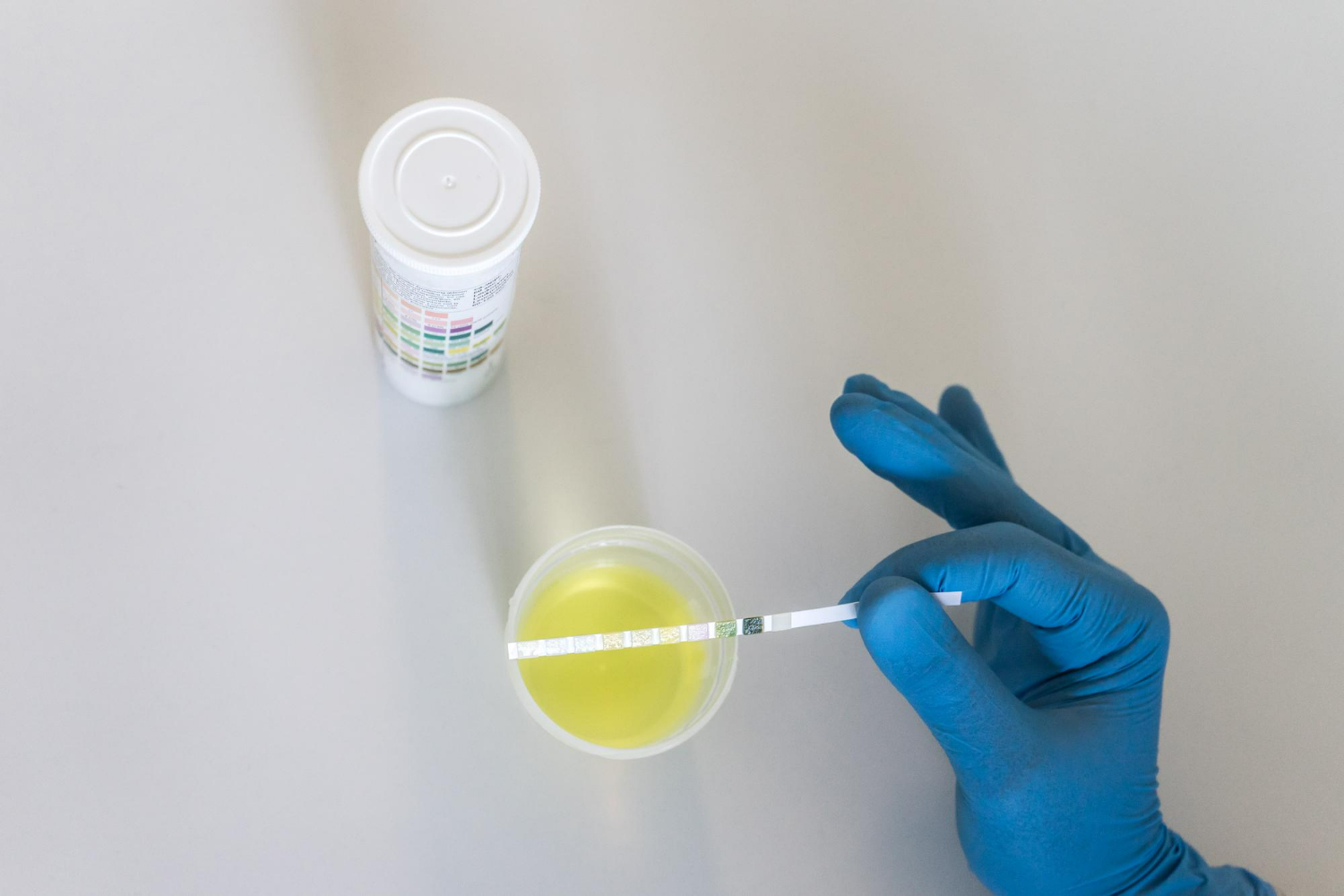October 9, 2025

If you’re a commercial driver or employer in a DOT-regulated industry, you already know that random drug testing is part of the job. But what happens when a driver isn’t officially laid off yet isn’t performing safety-sensitive work either?
It’s a gray area that creates confusion for both employers and drivers, and it matters more than most realize.
In industries like agriculture or construction, it’s common for drivers to be seasonally inactive. They’re not fired or laid off, but they’re not currently driving either, just waiting for the next busy season.
So here’s the question: can they still be selected for a DOT random drug test?
According to the Federal Motor Carrier Safety Administration (FMCSA), there’s no rule that prevents an employer from selecting an inactive driver for a random test.
That means:
It’s important to note that this isn’t the same as follow-up testing, which only applies when an individual is actively performing safety-sensitive work.
Here’s where the problem lies:
Unfortunately, the current regulations don’t clearly address this situation. It’s a regulatory gray zone that leaves room for interpretation and frustration.
If you’re a driver who was selected for a random test while inactive, you may be able to challenge it through a DataQs request, a formal process to dispute FMCSA records.
However, success isn’t guaranteed. Because the rules don’t explicitly forbid testing inactive drivers, many disputes are left unresolved.
DOT random testing exists to protect public safety but when it’s applied to drivers who aren’t currently working, it can create confusion and unnecessary tension. Until regulations provide more clarity, employers technically have the right to test inactive drivers.
If you’re a driver, stay informed about your rights and obligations. And if you’re an employer, use discretion when selecting employees for testing because following the letter of the law doesn’t always mean you’re following its spirit.


